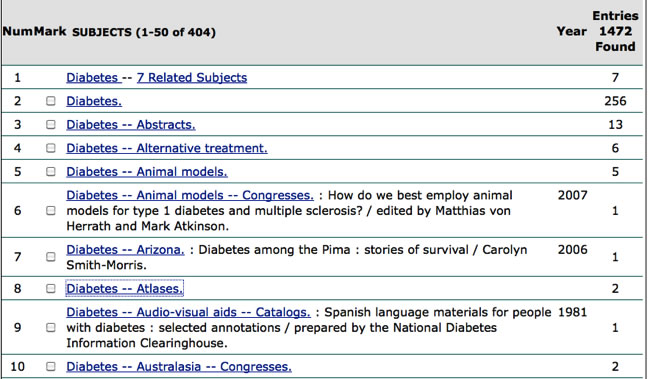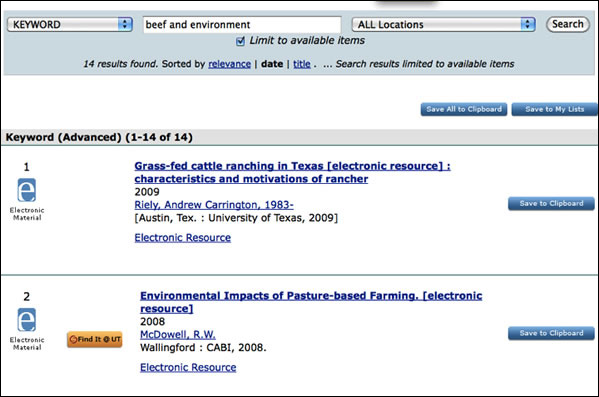Which Secondary Sources Are Right for You?
As I mentioned earlier, secondary sources are sources that contain other people’s knowledge about your subject. They have conducted experiments, interviews, or surveys; made observations; and published their results for others to read. Journals, magazines, newspaper articles, books, and Web sites are all secondary sources. Let’s look at the pros and cons of different kinds of secondary sources.
|
Traditional Print Sources
|
||
|---|---|---|
| Type of resource | Pros | Cons |
| Books |
|
|
|
Academic journals
|
|
|
|
Trade journal articles |
|
|
|
Popular magazine articles |
|
|
|
Newspaper articles |
|
|
Finding print sources
The best place to find print sources is the library. Almost all libraries have online catalogs that allow you to search for sources by author, title, subject, or keyword.
Searching for books
When you get to the library, the easiest book searches are by author or title. Searching by author is exactly as it sounds. If you know a book’s author, you can type the name into the search field, and you will retrieve a list of the books by that author that your library owns or can get for you through interlibrary loan. Some catalog author searches require you to type the last name before the first name, with a comma separating the two. If you are having trouble, ask a librarian for help. When you search by title, you simply type the title into the search field to find out if the library owns the book and where it is kept.
When you first start your research, however, you probably aren’t going to have an author or a book title to enter into the search field. Let’s talk about searching by subject and keywords. If you’re just starting to brainstorm your research topic, you might have a very general subject, for example, diabetes. If you type the word “diabetes” into the catalog’s subject search field, you will retrieve a page that looks similar to this:

Source: NumMark Subjects Search, University of Texas
There are 1,472 entries with diabetes as part of their subject. Notice that the subject categories get very narrow. For example, entry seven is about the subject of diabetes in Arizona. Browsing a subject list can help you hone in on a specific direction to take your research.
Let’s go back to our research question, “Can grazing cattle be good for the environment and affordable for the consumer?” One of the things we want to learn about is the environmental effect of consuming beef. I can type “beef and environment” into the keyword search field and retrieve fourteen books that have those keywords. Results for keyword searches appear in order of relevance, meaning that the source that most closely matches the keywords appears first. The source that most loosely matches the keywords appears last.

Source: Electronic Card Catalog Search, University of Texas
These first two entries in my results look like excellent sources for my research.
You can use a similar keyword search to look for journal, newspaper, and magazine articles. Libraries now have online databases that house abstracts—or summaries—and full-text articles. We will learn how to use these databases in another lesson titled “Utilizing Databases, Electronic Sources, and Print Sources.”
Electronic sources
Often when we refer to electronic sources, we mean the Internet, or the World Wide Web. Sometimes I think the World Wide Web should be renamed the Wild, Wild Web because of its similarities to the Wild, Wild West. Like the U.S. expansion to the West, the Web has opened us up to valuable experiences, but it can also be a dangerous place in terms of information. Anyone can put information on the web, so you have to be extremely careful when using Web sources in research. We will discuss how to determine whether a source is valid in a lesson called “Determine the Validity and Reliability of Sources,” but for now let’s talk about the kinds of information you can find on the web and the pros and cons of each.
|
Electronic Sources
|
||
|---|---|---|
| Type of resource | Pros | Cons |
|
Web sites |
|
|
|
Blogs
|
|
|
|
Listservs, bulletin boards, and discussion groups/forums |
|
|
|
Multimedia |
|
|
Now that you understand secondary sources, let’s talk about primary sources and when to use them.